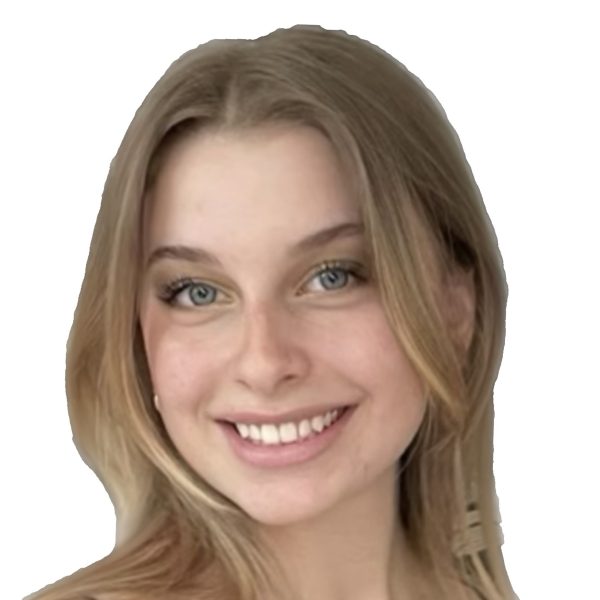First taught in the mid-1980s, Urban Advanced Studies (UAS) Women’s United States History (WUSH) is a course focused on women in the U.S. from the late 1800s to the turn of the 20th century. The course centers women’s experiences during historical cultural shifts, including the evolution of sexuality and gender expression and the disparities of power between different groups of women.
Throughout the term, students use the frameworks of Austrian-American Historian Gerda Lerner and American Author Elsa Barkley Brown to analyze how historians have studied women’s history. For the final project, students use what they learn to craft an original two-week curriculum on a topic of their choice.
WUSH Teacher Charisse Wu encourages students to internalize Lerner and Barkley Brown’s women-centric ideologies when designing their two-week course. “It’s not just what people wanted from women [historically], how people represented women [or] what was marketed about women, but actually hearing from women who are living,” said Wu. “I really wanted a lot of our projects to be curious about … seeing women in their choices and their complexity and their multi-ness.”
Here are three students’ final projects from this past term.
Noah Rockman ‘25
Hootin’ & Challah-ing: Jewish Feminism of the Late 20th Century
What is your class about? What were your main findings?
“There are little parts of the [Jewish] community that are very women-focused, and that was something I was super interested in,” said Rockman. “It was just really interesting to see how feminism, as a movement for everyone in the U.S., trickled into Jewish women’s lives.”
“This course [covers] the intersectionality of Jewish women’s white identity and their [female] and Jewish identities,” wrote Rockman in his course description. “There are many struggles that Jewish women face that are Jewish-specific, and this class teaches those.”
What inspired you to pick this topic to research?
“I picked Jewish feminism because I feel Urban has a very large Jewish community, but I also notice that there’s not a ton of Jewish representation in a lot of the curriculum. I thought it would be kind of interesting to see what [Jewish women’s] lives … were like,” said Rockman.
Charlotte Lefkowicz ‘25
Ecofeminism: Activism & Connection
What is your class about? What were your main findings?
“[U.S.] Ecofeminist History examines women’s relationship[s] with the environment in the 1970s and ‘80s through two distinct themes: [justice,] activism and creative connection,” wrote Lefkowicz in her course description. “With various historical and personal articles and journals, this course journeys through persistent advocacy and healing through the accounts of lesbian women’s community environments, intersectional voices, urban activist groups, the Back to the Land [M]ovement, social solaces and expressive resistance.”
What inspired you to pick this topic to research?
“I took Physical Resources in the fall, and the very first assignment we read [was] about ethicists and their different approaches to environmental justice or environmental issues in general,” said Lefkowicz. An ethicist is someone who studies what is considered right and wrong in human behavior. “We read ‘The Impoverishment of the Environment: Women and Children Last’ by [Indian Scholar, Researcher and Environmental Activist] Vandana Shiva. I didn’t end up doing a project on her in Physical Resources, so I decided to dive into her [ecofeminism for my WUSH project.]”
Delilah Ricciardi ‘25
U.S. Women of Punk Rock
What is your class about? What were your main findings?
“This class is meant to provide students with an extensive understanding of how women interacted with the punk ethos of anarchy, non-conformity and the do-it-yourself ethic through their creation of various art forms, including their lyricism, stage performances and zines,” said Ricciardi. “[My class aims] to answer the question: How did U.S. women interact with the ethos of the punk scene during the 1970s and 1990s, and in what ways did they contribute to the counterculture through their creativity?”
What inspired you to pick this topic to research?
“I wanted to learn more about the [influence of] previous generations of female punk rock bands like The Breeders and Veruca Salt [on] my favorite current-day artists like Olivia Rodrigo,” said Ricciardi. “I was [also] specifically interested in studying the Riot Grrrl Movement of the [early] 1990s because of the subcultures that evolved from it. It was more than angry feminist music: [it] was a revolution against sexism through the combination of politically radical ideas and creativity.”

